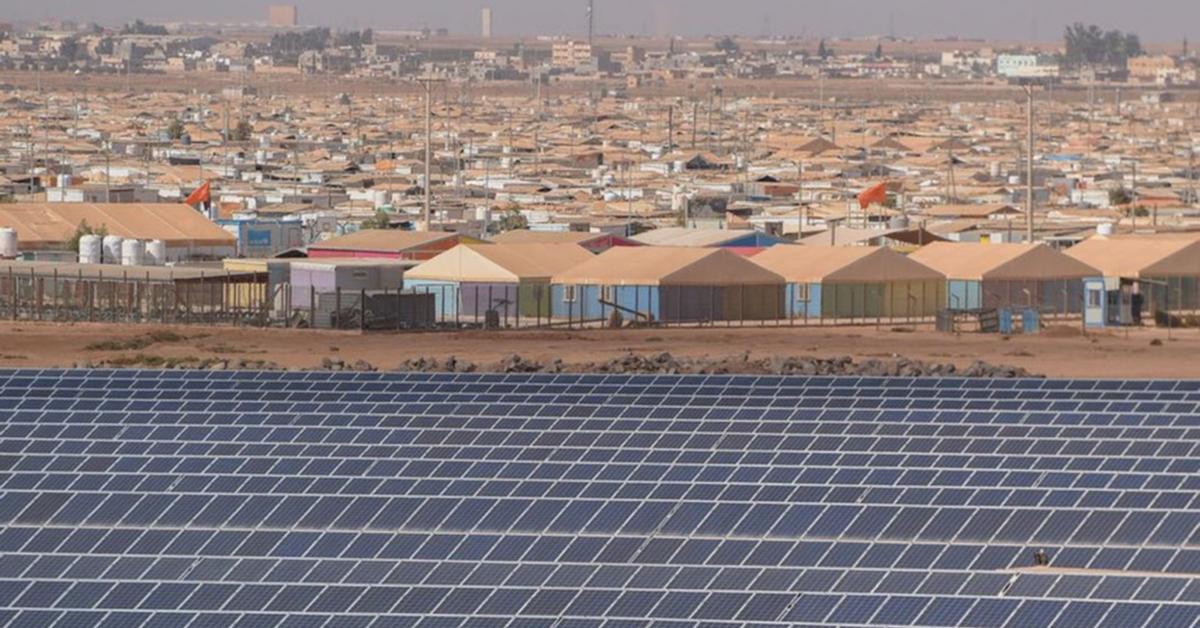Most of the year, the sun sets in clear skies over Egypt, making it an ideal location for solar energy production. And because many Egyptians use air conditioning on hot days, it saves energy when needed. The International Energy Agency (IEA) believes that Egypt is one of the best solar energy regions in the world. Several companies agreed after investing in projects such as the Benban Solar Park, one of the largest in the world, located 650 kilometers south of Cairo. In addition, the Egyptian government has been trying to increase rooftop solar by offering several incentives to homeowners. However, as Egypt hosts this year's Climate Change Summit, dirty energy sources pose a challenge to solar power.
In 2016, Egypt set a target to produce 20% of its electricity from renewable sources by 2020, with the majority of new capacity coming from solar and wind power. However, in the 12 months to March 2021, renewable energy, including hydro, accounted for 12%, while solar accounted for less than 3% of Egypt's electricity. Renewables have struggled to keep pace with the growing demand for electricity from a growing population (now about 105 million). Electricity consumption in Egypt has tripled over the past two decades, according to International Energy Agency estimates. However, in that period, oil capacity will hardly increase until 2017, when there is a threefold increase in the use of natural gas, which is now preferred to be exported at higher prices.
The Egyptian government has struggled to convince its citizens that installing their own solar power is worthwhile. In 2014, it introduced feed-in tariffs, promising to pay homeowners and businesses for the excess solar energy they produce. Eight years later, only 749 solar power plants have been installed on roofs.
Ayman al-Nahhas, a 58-year-old teacher in a village north of Cairo, took the opportunity to cut what he called a "shocking" electricity bill for his building and workshop, which he called the monthly bill of electricity to about 5,000 Egyptians. . pounds ($260). owned by him. He said the £200,000 he spent was a great financial decision. It also puts an end to frequent unconsciousness.
But the initial cost is a deterrent for many. Wael Al-Nashar, head of Onera Systems, which installs the rooftop module, said a solar module capable of generating enough power for a family of five costs around £65,000. "These numbers are higher than most Egyptians," he said. A weak local currency makes imported parts more accessible.
Bureaucracy is another obstacle. Those who need government permission to install panels and connect them to the national grid must own their property outright and have no special planning obstacles. These terms do not include millions of buildings. Getting the right paper can cost you thousands of pounds. In addition, about 20 million people live in Greater Cairo, most of whom live in apartments without their own roof space to install solar panels.
Incentives for reform are weak as Egypt has the potential to benefit from gas-fired power generation. However, those with money rarely look back to embrace clean energy. At the Moussa El-Zanati fruit and vegetable restaurant, frequent power outages lead to product spoilage. He had to sell his wife's gold to get money to buy solar panels. "But they saved my livelihood," he said.
For more coverage on climate change, sign up for the bimonthly newsletter, Climate Matters, or visit the Climate Change Center.



